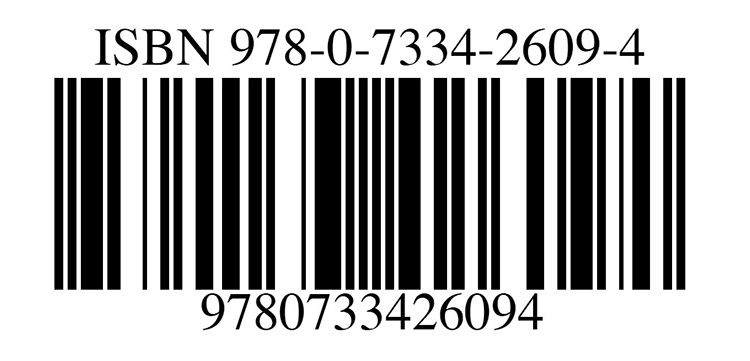
In the world of publishing, a sea of acronyms can easily drown an aspiring creator. You’ve just finished your project, and now you’re told you need an “identifier.” But which one? You’ve heard of the ISBN, but then someone mentions an ISSN, and a musician friend brings up an ISMN.
It’s confusing, but the solution is simple. These codes aren’t interchangeable; they’re designed for three completely different types of products.
Think of it this way: An ISBN is like a car’s VIN number, unique to that specific car. An ISSN is like a magazine’s subscription number; it identifies the entire magazine title, not the individual issue. And an ISMN is like a manufacturing part number specifically for sheet music. Understanding the battle of ISBN vs ISSN vs ISMN is just a matter of knowing what you’re publishing. Let’s break down each one so you can get the right code for your creation, every single time.

The ISBN is the identifier most people are familiar with. It’s the 13-digit ISBN number (it used to be 10 digits before 2007) you find on the back cover of almost every book.
Bottom Line: If you are publishing a book that you intend to sell, you need an ISBN for each format you release.

An ISSN is an 8-digit code that looks different from an ISBN. Its purpose is also completely different.
Bottom Line: If you are publishing a magazine, journal, or any other periodical that will have multiple issues under the same title, you need an ISSN.

This is the most specialized of the three. The ISMN is a 13-digit number, but it’s structured differently from an ISBN (it always begins with the prefix 979-0).
Bottom Line: If you are publishing sheet music or musical scores, the correct identifier is an ISMN.
Here’s a simple cheat sheet to help you decide which one you need.
| Feature | ISBN (Book) | ISSN (Serial) | ISMN (Music) |
| What It’s For | Books, e-books, audiobooks (monographs) | Magazines, journals, newspapers (serials) | Notated sheet music, scores, parts |
| Identifier | 13-digit number | 8-digit number | 13-digit number (starts 979-0) |
| How It’s Used | One per format (paperback, hardcover, etc.) | One for the entire title (all issues) | One per separately available part (score, part 1, etc.) |
| Simple Analogy | A car’s VIN Number | A magazine’s Subscription ID | A specific Sheet Music Part Number |
While the world of publishing is filled with acronyms that can make your head spin, the ISBN vs ISSN vs ISMN debate is surprisingly simple. It all boils down to one straightforward question:
These identifiers are not interchangeable, and they aren’t just bureaucratic red tape. They are the official, global language that retailers, distributors, libraries, and subscription services use to find, categorize, order, and sell your work. Choosing the right code is the first and most fundamental step in connecting your product to its intended audience. By understanding this key difference, you’re no longer just a creator; you’re a publisher who is ready to navigate the marketplace with confidence.
Q: Can something have both an ISBN and an ISSN?
A: Yes! This is common. The classic example is a “book series,” like an annual review journal or a university’s monograph series.
Q: I’m publishing a book of sheet music. Should I get an ISMN or an ISBN?
A: The correct identifier for notated music is an ISMN.26 However, the reality is a bit messy. Because the book trade (like Amazon and regular bookstores) is built entirely around the ISBN system, many music publishers assign both an ISMN (for music-specific channels) and an ISBN (to make it sellable as a “book” in regular stores). If you are a self-publisher, an ISBN is often more practical for gaining access to major retailers like Amazon, even if an ISMN is the technically proper standard.
Q: I have a blog. Do I need an ISSN?
A: You can get one, but it’s generally not necessary unless you are running a serious, academic-style online journal. An ISSN simply makes your blog “official” in the eyes of libraries and cataloging systems. For 99% of personal or business blogs, it’s not needed.
Q: Do I need a different identifier for my magazine’s website than for the print version?
A: Yes. The ISSN system requires a separate ISSN for each medium.27 Your print magazine would have one ISSN (sometimes called a p-ISSN), and your online version would get a different one (an e-ISSN).
Q: Who issues these numbers?
A: Each one is managed by a different international agency with national bodies in each country.
